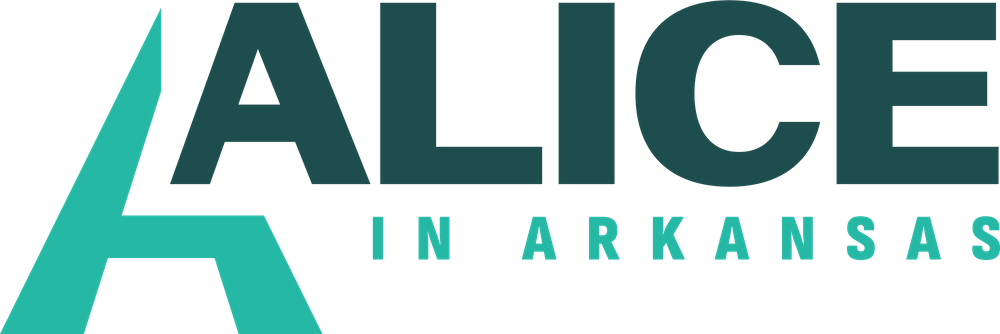The movement is led by United Way of Northern New Jersey, has spread to more than half of all states and counting, and includes United Ways, corporations, nonprofits and foundations in Alabama, Arkansas, Colorado, Connecticut, Delaware, District of Columbia, Florida, Georgia, Hawai‘i, Idaho, Illinois, Indiana, Iowa, Kansas, Kentucky, Louisiana, Maine, Maryland, Michigan, Minnesota, Mississippi, New Jersey, New Mexico, New York, North Carolina, Ohio, Oklahoma, Pacific Northwest (Idaho, Oregon, Washington), Pennsylvania, South Carolina, Tennessee, Texas, Virginia, West Virginia, Wisconsin.
United For ALICE partners with the Winthrop Rockefeller Foundation to bring this research to Arkansas, and this work is also sponsored by Arkansas Blue Cross and Blue Shield, Baptist Health of Arkansas, Delta Dental of Arkansas Foundation, Entergy, and Heart of Arkansas United Way.















